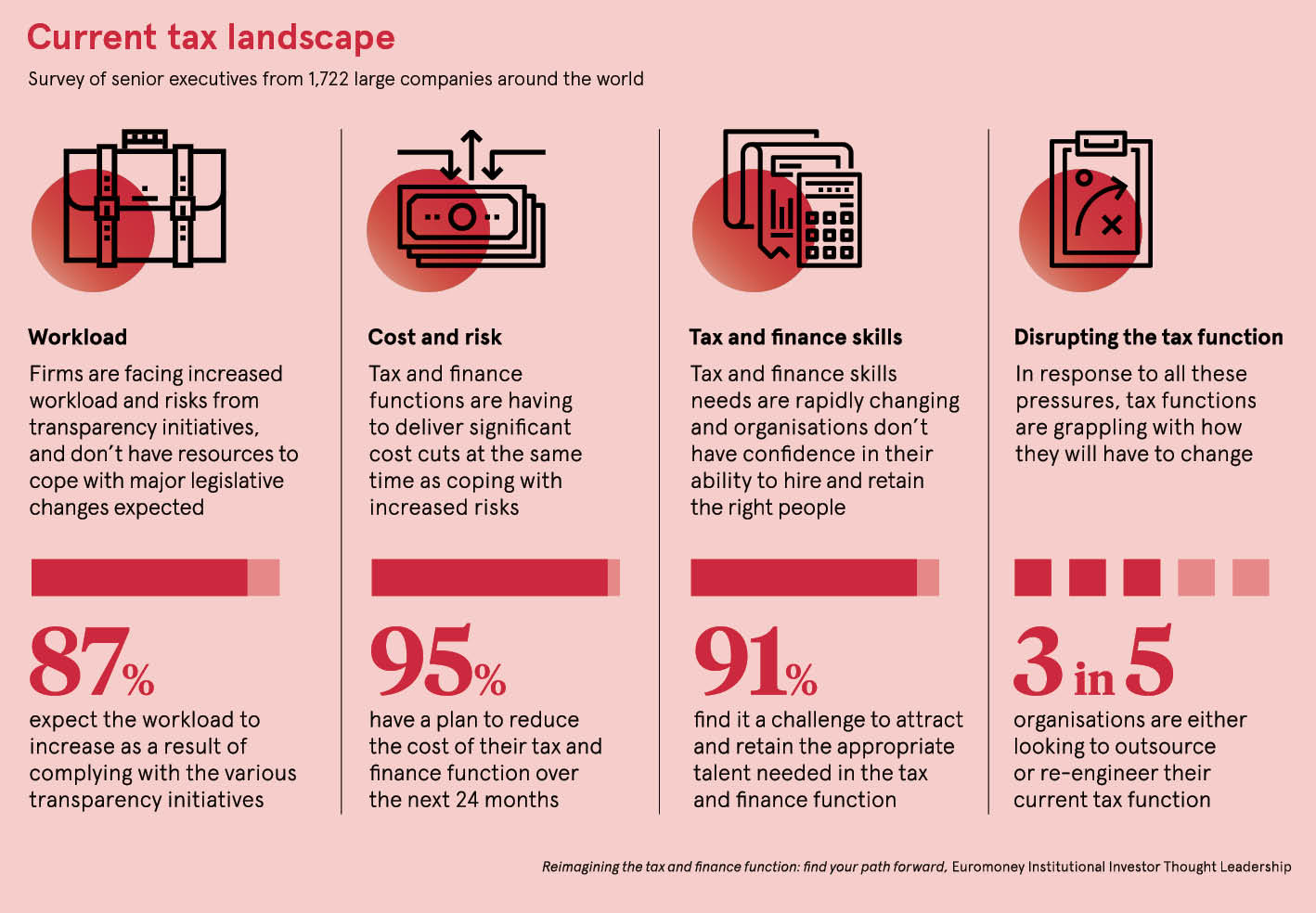In a groundbreaking development, researchers from the Technical University of Munich (TUM) have harnessed the power of high-resolution optoacoustic imaging and artificial intelligence (AI) to evaluate the severity of microangiopathy in diabetics. Microangiopathy, characterized by thickened and weakened capillary walls, can lead to complications affecting various organs, including the skin. This innovative approach could potentially revolutionize the way diabetes is monitored and treated, offering a non-invasive, efficient, and portable solution to gauge the effectiveness of treatments.
Optoacoustic imaging: A window to microvasculature
The key to this revolutionary technique lies in optoacoustic imaging, a non-invasive method that utilizes light pulses to create ultrasound within tissue. When tissue surrounding light-absorbing molecules, such as hemoglobin, undergoes slight expansions and contractions, sensors record these signals and convert them into high-resolution images. Hemoglobin, being concentrated in blood vessels, enables optoacoustic imaging to provide detailed images of vessels, surpassing the capabilities of other non-invasive techniques. Importantly, this approach is rapid and radiation-free.
The specific method employed in this research is known as “raster-scan optoacoustic mesoscopy” (RSOM), which enables simultaneous data collection at different skin depths, reaching up to 1 mm below the skin’s surface. According to Angelos Karlas, the lead author of the study, RSOM outperforms other optical methods in terms of depth and detail.
Quantitative assessment through AI
The research team utilized RSOM to capture images of the skin on the legs of 75 diabetics and a control group of 40 individuals. An AI algorithm was then employed to identify clinically relevant characteristics associated with diabetes-related complications. A comprehensive list of 32 significant changes in the skin’s microvasculature, including the diameter of blood vessels and the number of branches, was compiled.
Among the notable findings, it was observed that diabetics exhibited a reduction in the number of vessels and branches in the dermal layer while experiencing an increase in these characteristics in the epidermis, which is closer to the skin’s surface. Importantly, all 32 identified characteristics were closely linked to the progression and severity of diabetes. By combining these findings, the researchers were able to calculate a “microangiopathy score,” providing a quantitative link between the condition of small blood vessels in the skin and the severity of diabetes.
Revolutionizing diabetes monitoring
Vasilis Ntziachristos, the corresponding author of the study, emphasized the potential impact of this breakthrough, stating, “With RSOM, we can now quantitatively describe the effects of diabetes.” He further noted that as RSOM becomes more portable and cost-effective, it could pave the way for continuous monitoring of over 400 million people worldwide affected by diabetes.
The future outlook is promising, with the prospect of fast and painless examinations that can be conducted even in home environments. This means that within a few minutes, individuals can determine whether their diabetes therapies are yielding the desired results. The combination of cutting-edge technology and AI has the potential to significantly enhance the management and treatment of diabetes, offering a more efficient and patient-friendly approach to healthcare.
In a remarkable fusion of technology and medical science, researchers from the Technical University of Munich have unveiled a pioneering method for assessing the severity of diabetes-related microangiopathy. By harnessing the capabilities of optoacoustic imaging and artificial intelligence, this breakthrough offers a non-invasive and efficient means of monitoring and evaluating diabetes, potentially transforming the lives of millions worldwide. As this technology continues to advance, it holds the promise of enabling individuals to manage their diabetes with greater ease and precision, ushering in a new era of healthcare.





